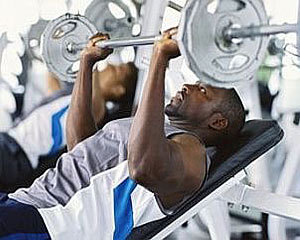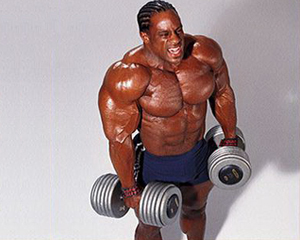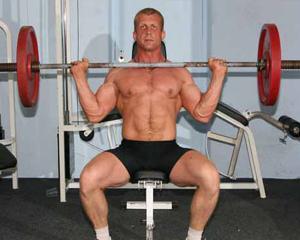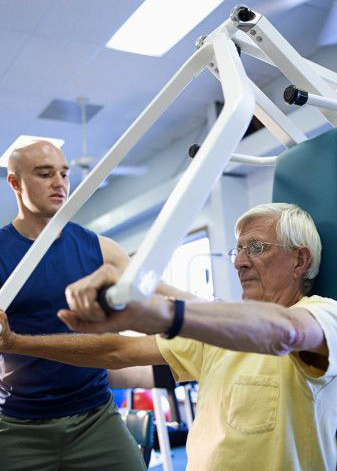T-ROD
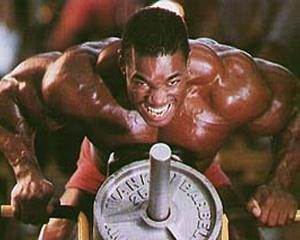 T-barbell is considered one of the basic exercises in bodybuilding and fitness to develop back muscles with an emphasis on its middle part. In addition to the mass-set effect, the obvious advantages of the exercise include its minimal traumatic risk, provided it is performed in a special inclined simulator, and the possibility of effectively working out the back in order to improve the relief and a clear separation of the back muscles among themselves.
T-barbell is considered one of the basic exercises in bodybuilding and fitness to develop back muscles with an emphasis on its middle part. In addition to the mass-set effect, the obvious advantages of the exercise include its minimal traumatic risk, provided it is performed in a special inclined simulator, and the possibility of effectively working out the back in order to improve the relief and a clear separation of the back muscles among themselves.
To improve the performance of T-bars, gymnasts, swimmers, judo wrestlers and wrestlers are recommended to perform.
Technique of performance of the T-rod
1. Lie down with your stomach down on an inclined bench, press your feet against the floor or special supports, bend your knees a little and bend slightly in the back to remove the load from the waist. Grasp the handles of the t-bar and hold the load on the fully extended arms. This is the starting position.
2. Inhale, and, holding your breath, gently pull the bar to touch the pancakes of the chest.
3. At the point of contact of the chest, for maximum impact, hold the weight momentarily and, as you exhale, gently lower it to its original position.
4. Perform the required number of repetitions.
It is important:
Do not tear off the body from the incline bench during the exercise; movement occurs only due to bending at the elbow and shoulder joints.
Fully straighten your arms before you begin to perform the next repetition, thus you will exclude biceps from work. It is also important to consciously control the work of the back muscles and deltas, not allowing the biceps to turn on.
Raise the load to touch the chest, bringing the shoulder blades as close as possible to each other, this is to allow working with maximum effect.
Experiment with the grip, because often the simulator has double arms, this will allow you to work out the back muscles from different angles.
Do not allow elbows to disperse to one side and try to raise them above the level of the back.
Exercise options
T-barbell on the simulator with a block. This simulator is not found in every room, but if you are lucky, do it on it – due to the lack of pancakes, the amplitude of the movement will be much greater, and hence the effect of the impact will be more effective.
In some rooms you can find a fixed T-rod without an inclined bench, in this case, the exercise is performed on bent legs in the slope and therefore becomes as close as possible to the rod pull in the slope, which means that the effect will be almost identical.
Working muscles
the broadest muscles
trapezius muscles
upper back muscles (rhomboid and large round)
deltoid posterior head
Indirect load also falls on the biceps, forearm and extensor muscles of the spine.
Alternative exercises
The same array of muscles with some minor differences is also perfectly affected by such exercises:
Thrust rod in the slope
Traction on the block
